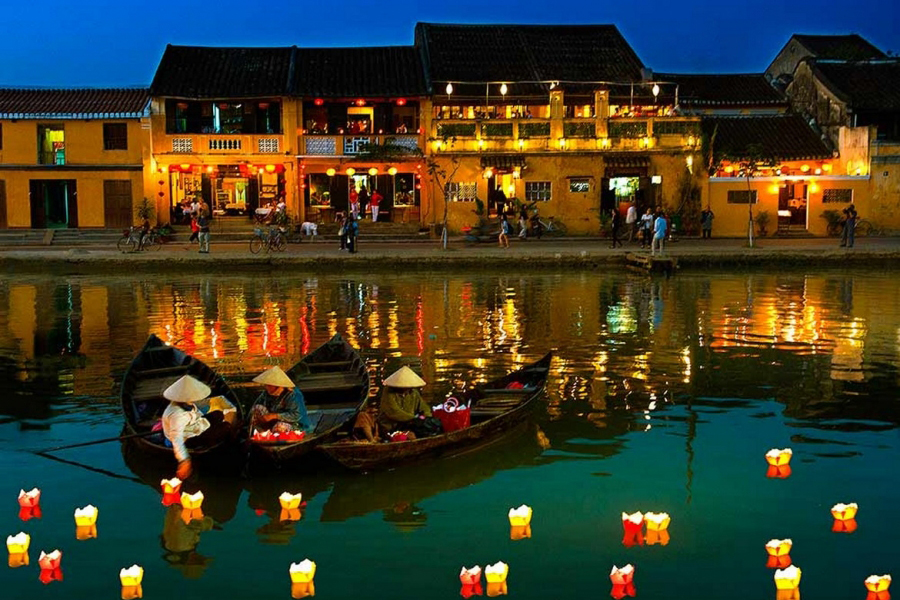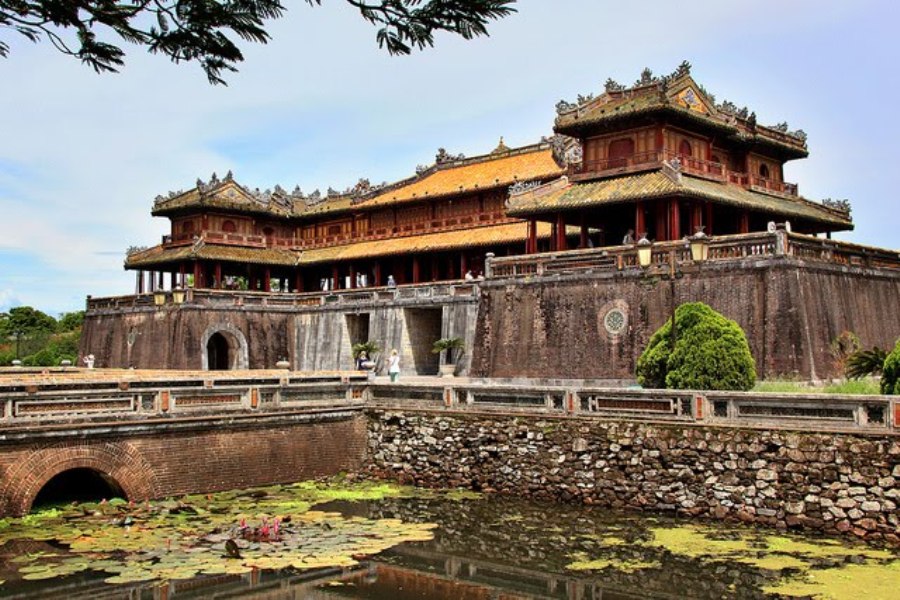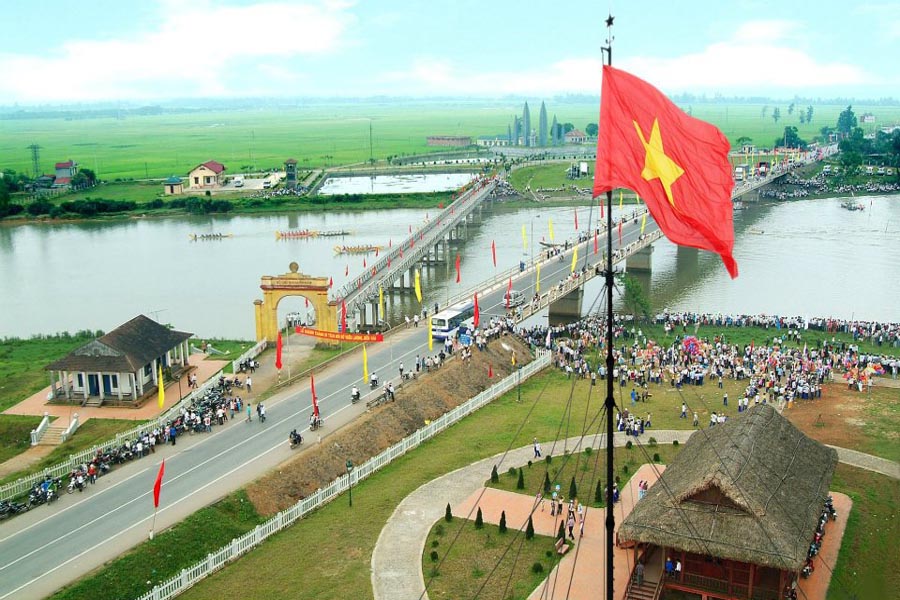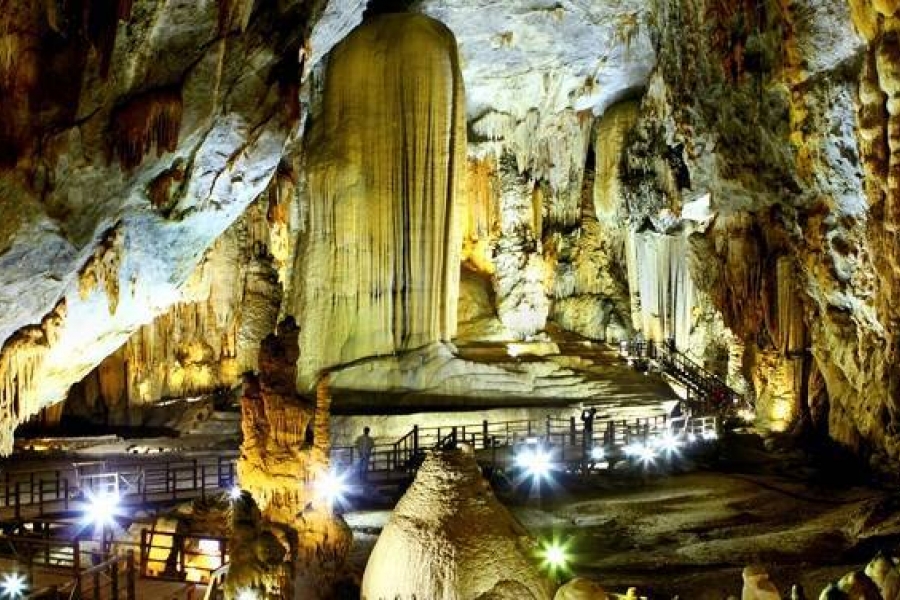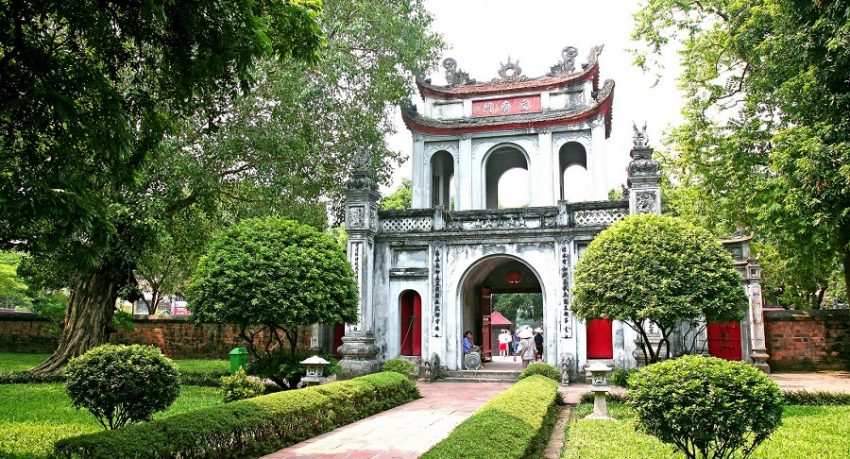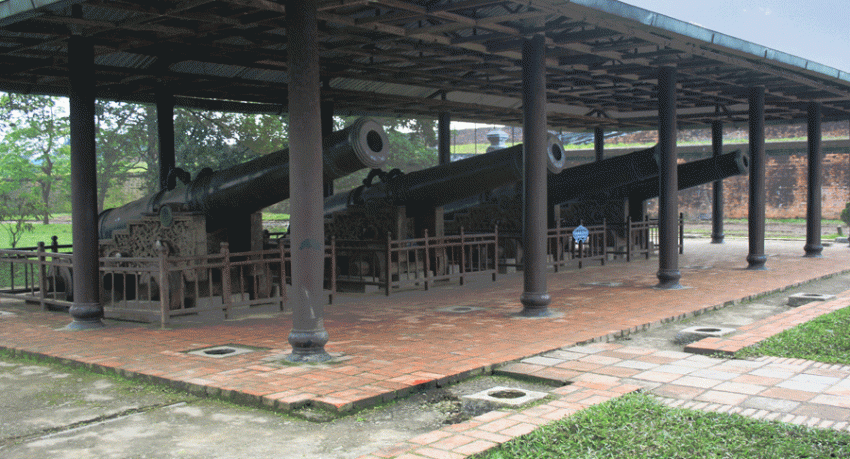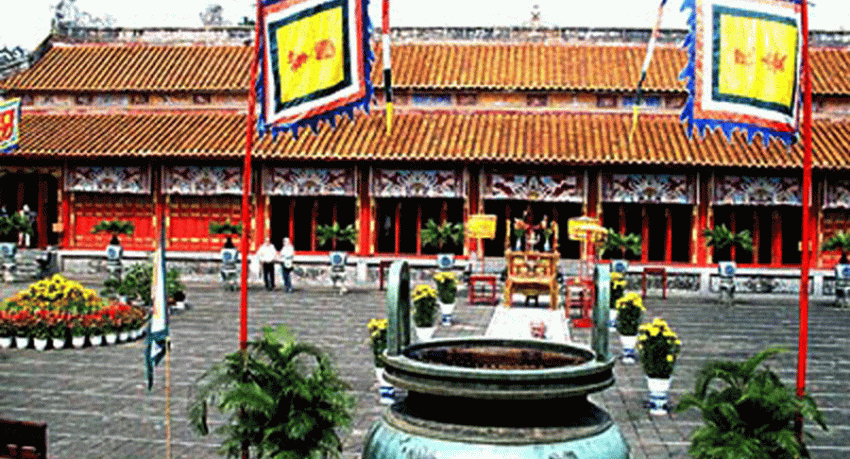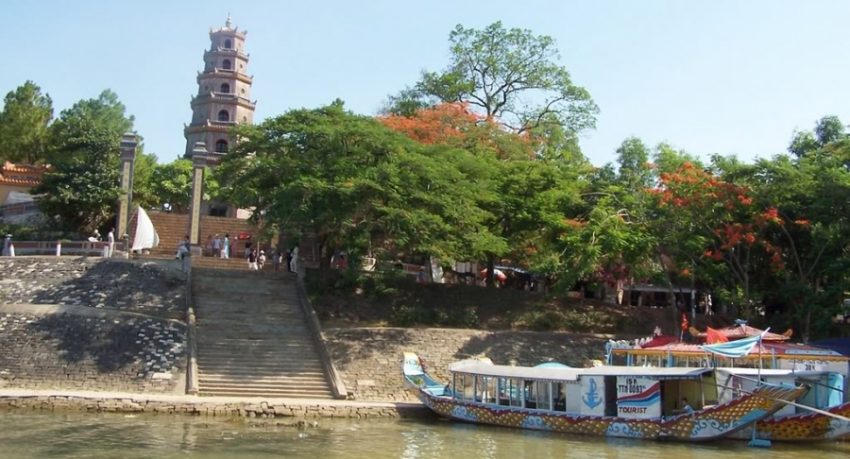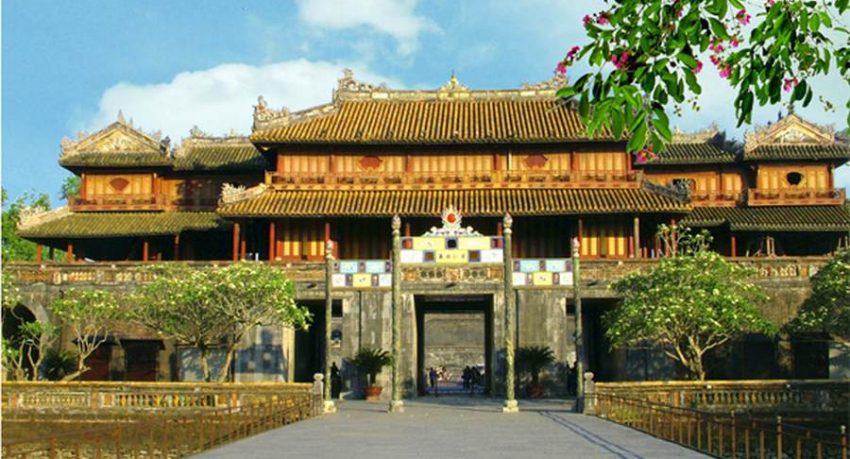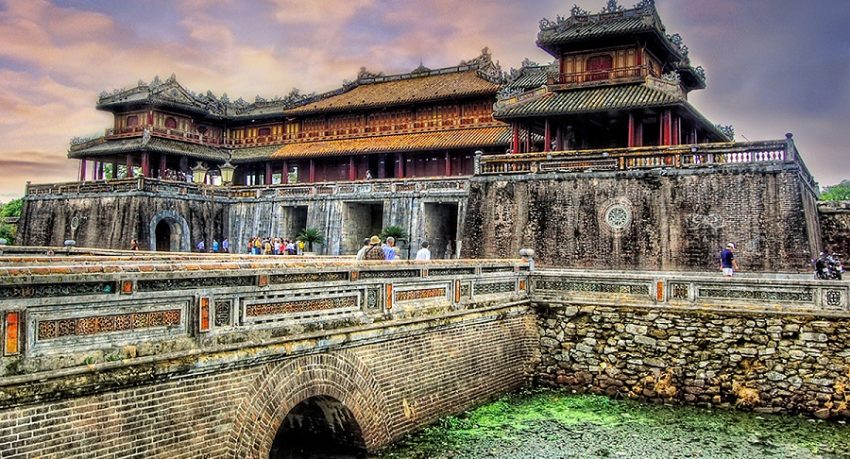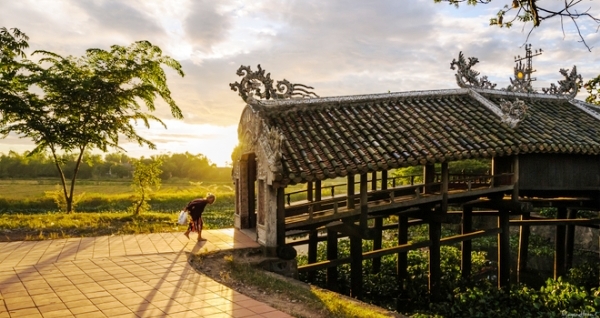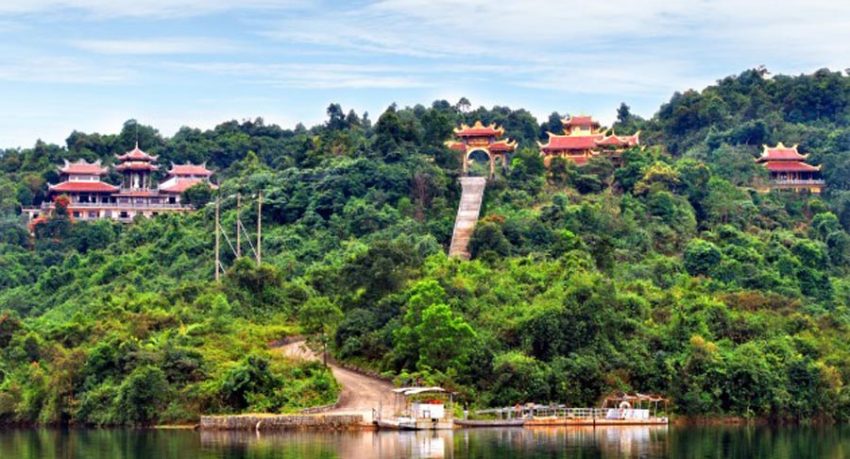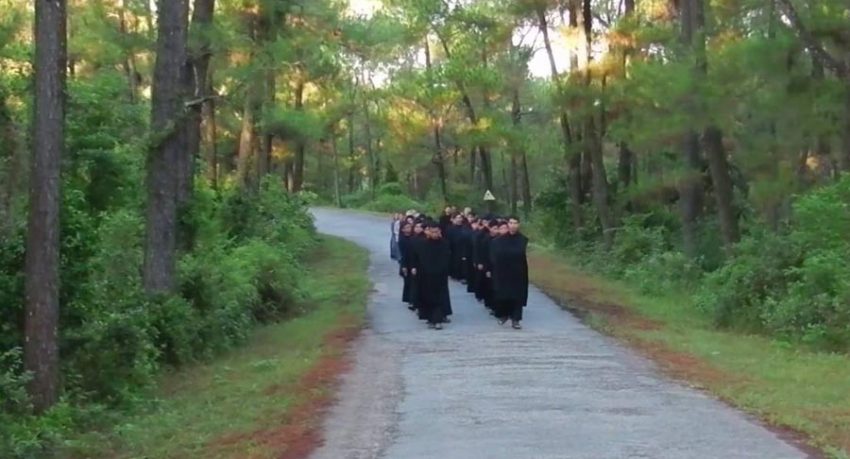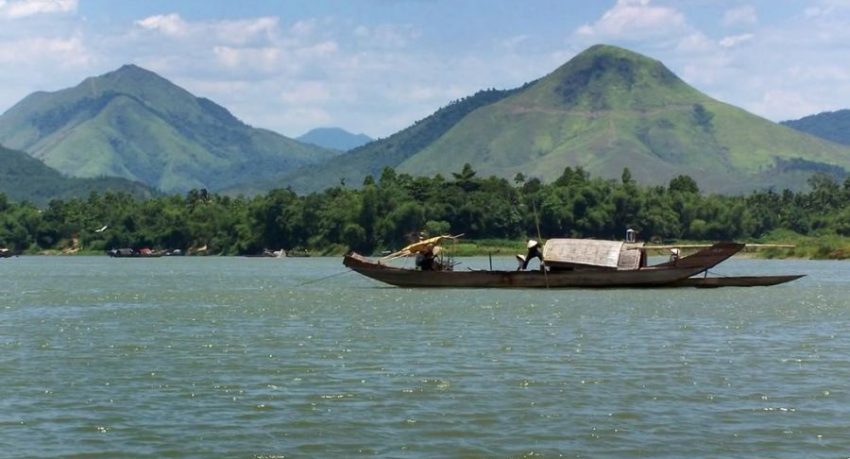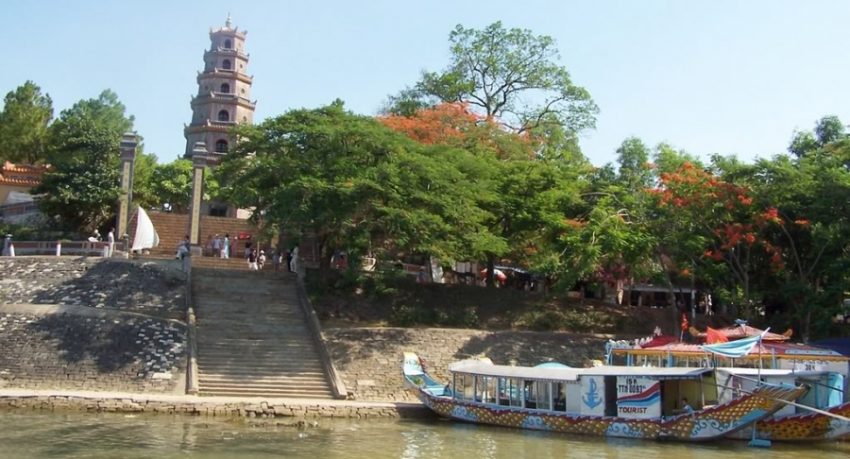The temple of letters is a worship temple founded by the Nguyen dynasty to clebrated scholars of Confucianim. Formerly, many various Temple of letters were built by the Nguyen Lords in the capital and moved to three different places: Trieu Son villgae, Luong Qoang village and Long Ho village. In 1808, when realizing the constrution […]
Read More...Nine Genies Canon
Among the ten of genies bronzoe canons cast during the reign of Nguye Lords and Emperors, the nine canons manufactured in Gia Long’s time have biggest sizes with the most beautiful decorations. After conquering the Tay Son dynasty and coming to the throne, Emperor Gia Long had all the bronze objects confiscated from the former […]
Read More...Tang Tho Pavilion
Tang Tho pavilion is the national Bureau of Archives of the Nguyen dynasty. According to “Dai Nam Thuc Luc” and “Dai Nam Nhat Thong Chi”, Tang Tho pavilion was built in summer 1825. The pavilion was made from bricks and stones. The lower floor has 11 rooms, the upper one has seven rooms and two […]
Read More...Hien Lam Pavilion
The Vietnamese aesthetic researchers state that “In the citadel the mots striking thing… is Hien Lam pavilion, a beautiful construction with 3 layers and 12 roofs”. Hien Lam pavilion was built at the same time with the temple (1821 – 1822) during Minh Mang’s reign. Hien Lam pavilion was constructed right in front of the […]
Read More...Royal Enclosure And Forbidden Purple City
Hue Citadel and Imperial City Hue was the capital of Vietnam in Nguyen Dynasty (1802-1945). They ruled the country in 143 years and The Royal Enclosure and Forbidden Purple (called royal Palace or Imperial city) was commenced in summer 1804 under the management and direct care of the 2 great mandarins from Nguyen family. Royal […]
Read More...Hue Citadel
The citadel (the outer wall) of Hue at present at was built during Gia Long’s and Minh Mang’s reign, from summer 1805 – 1832. Formerly, is was the capital of the southern Land of the Nguyen Lord (1687 – 1775), and then the capital of the whole country in Quang Trung’s time (1788 – 1891). […]
Read More...Tile-Roofed Thanh Toan Bridge
The tile-roofed Thanh Toan Bridge crosses a canal flowing from he beginning to the end of Thanh Toan village (In Thieu Tri’s time 1841 – 1847, for being a name sake with the Eperor, it was renameed Thanh Thuy ), Thuy Thanh Commune, Huong Thuy district at present. The village is about 8km from Hue […]
Read More...Bach Ma Mount
Bach Ma Mount Bach Ma (White Horse) Mount is 60 km south of Hue city. Through having no caves, it is a famous resort. It is about 1,450m above sea level in a transition zone of the northern and southern climate, so it bears a temperate climate, similar to sapa, Tam Dao, Da Lat, etc. […]
Read More...Thien An Hill
Thien An Hill Thien An pine hill lies south-west of Hue c ity and is a wonderful gift of Nature endowed to the poetic old capital city. Not far away from the center of Hue city is green pine hill assembling together creating a peaceful atmosphere for Thien An. Day and night, the pine trees […]
Read More...Ngu Binh Mount
Ngu Binh Mount The Annal “Dai Nam Nhat Thong Chi” by the History Department of the Nguyen Dynasty wrote about Ngu Binh Mount as flollows: “In the North-East of Huong Thuy emerges an even surface serving as a screen, a first bar in front of the ciradel. It was called Nui Bang (Even Mount) ans […]
Read More...The Perfume River
The Perfume River The Perfume River was formerly called Lo Dung or Dinh river, a beautiful like that of a girl, may be bacause of the pure fragrant of wild ginsengs and sweet bushes grown in upstream river. There are 2 sources coming from the Truong Son range: The Ta Trach (Left Tributary) from Truong […]
Read More...
